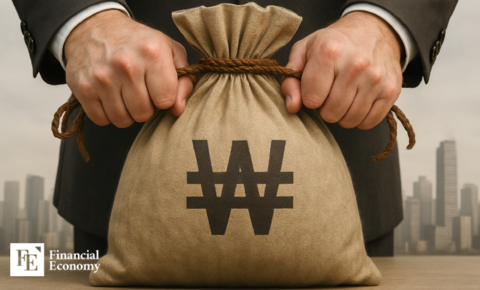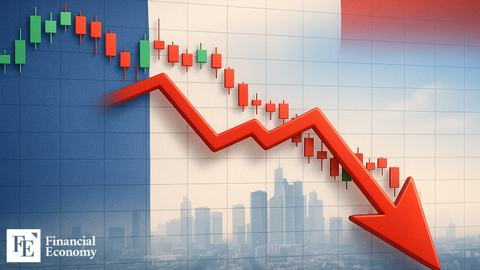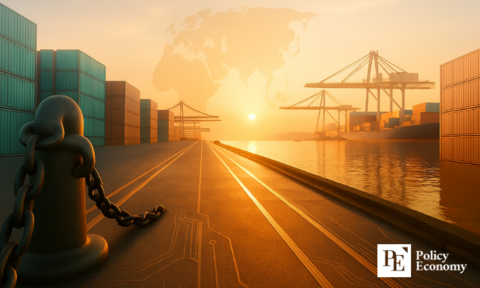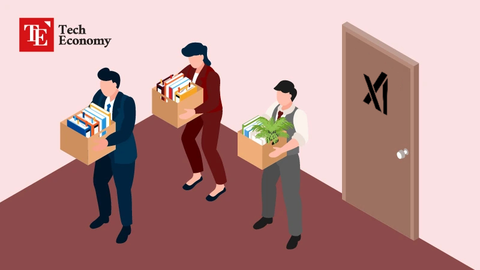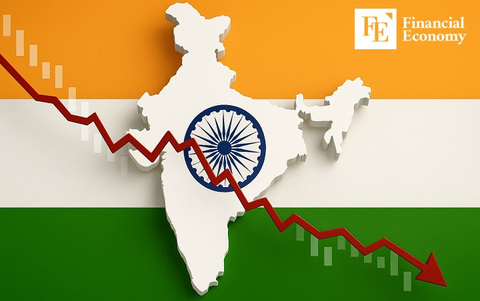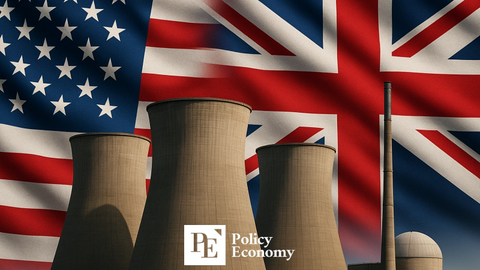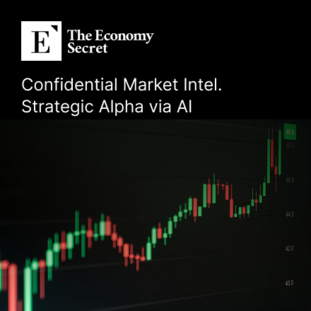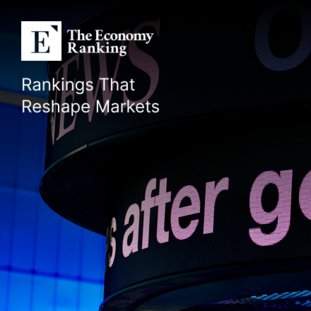Trump's Tariff Policy on the 100th Day of His Presidency: Undermining Both Public Sentiment and the Economy
Input
Modified
Dismissal of poll credibility highlights a scramble to win public support. Tax cuts aimed at ordinary citizens backfire, weakening their purchasing power. Distortion of market price signals is now fully underway
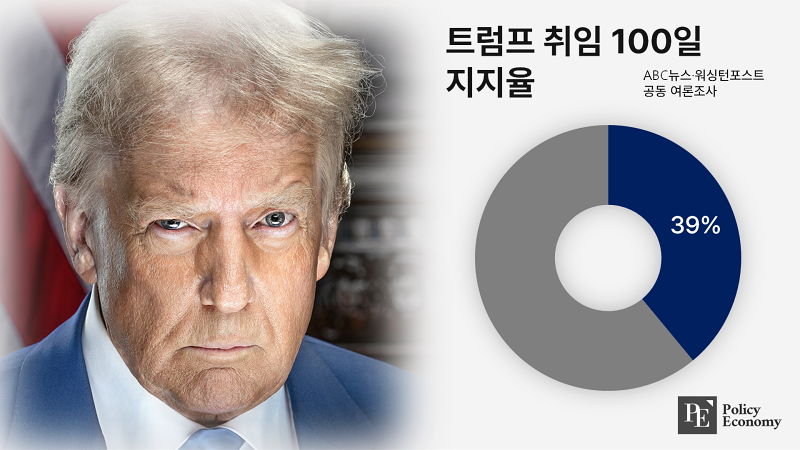
As U.S. President Donald Trump marks his 100th day in office, his aggressive tariff policies are drawing growing criticism from both the public and the market. Faced with mounting discontent over surging living costs, the Trump administration has attempted to deflect criticism with pledges of income tax cuts and repeated claims that unfavorable polls are inaccurate. Yet for many Americans, economic hardship has become impossible to ignore.
Trump Dismisses Tariff Fallout, Labels Polls ‘Fake’
According to reports on April 28 (local time), Trump posted on his social media platform Truth Social, claiming that tariffs would reduce or even eliminate income taxes for many, particularly those earning less than $200,000 per year. He added that numerous factories are being built in the U.S., framing it as a major opportunity for the country.
These statements appear to be a response to worsening public opinion. A recent ABC-Washington Post poll showed Trump’s approval rating at just 39%—the lowest for any U.S. president at the 100-day mark in the past 80 years. A CNN poll similarly recorded a 41% approval, the lowest since 1953.
The decline in support is attributed to backlash over Trump’s economic, immigration, and foreign policies. His sweeping tariff hikes, federal budget cuts, and pressure on institutions like Harvard University have drawn sharp criticism. In the Washington Post poll, 60% of respondents said Trump is abusing his power, while 63% felt his administration does not respect the rule of law.
Rather than directly addressing these criticisms, Trump has chosen to attack the credibility of public opinion surveys and media outlets. Calling them “fake news,” he suggested they be investigated for electoral fraud and accused them of suffering from “Trump Derangement Syndrome.” Despite claiming near-total success on border policy, he criticized the media for focusing only on negative stories, arguing that misinformation is the real enemy of the American people.
Tax Cuts Fall Short as Costs Rise for Working Americans
To counter the growing unpopularity of his tariffs, Trump is once again promoting income tax cuts. His argument: that tax relief will offset inflation driven by tariffs. While framed as a benefit for working-class Americans, experts say the reality is more complex. Because lower-income groups already pay minimal income tax, they receive little actual benefit from the cuts.
Meanwhile, these same groups are most vulnerable to rising prices, especially for essential goods. As their disposable income shrinks, the tax cuts do little to ease their financial burden. Analysts argue that any gains from tax relief are quickly erased by the broader cost of living increases. As a result, working-class Americans could end up facing greater overall financial strain.
Trump’s tariff policy may thus hit the working class twice—first through higher daily expenses, and second through weakened government finances. As tax revenues fall, public services and social welfare programs could face cuts, disproportionately affecting those who rely on them most. Critics warn that this combination of external taxation through tariffs and internal budget tightening could worsen income inequality and saddle low-income Americans with hidden financial burdens.
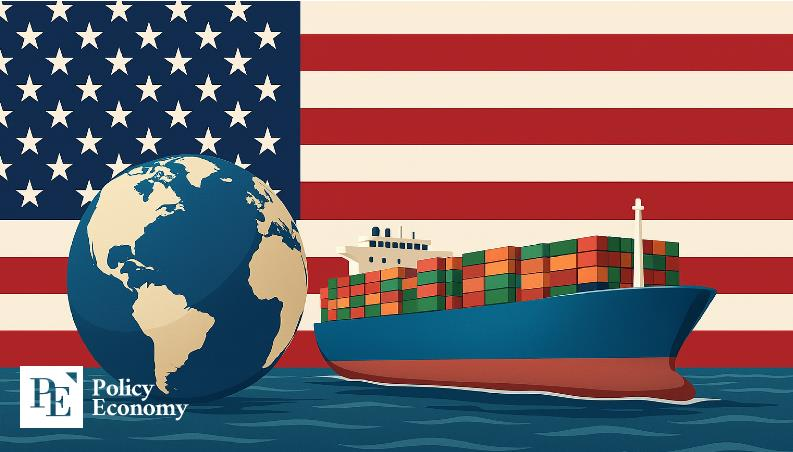
Warning Signs Emerge Across the Economy
Early signs of economic strain are already surfacing. The logistics and trade sectors have been among the first hit, with the Port of Baltimore—a major hub on the East Coast—reporting a sharp drop in imports and mounting logistical complications. Long known for handling the highest cargo volume in the U.S. for 13 consecutive years since 2011, the port is now grappling with rising transport costs and shipment delays.
As the administration’s stance on tariffs fluctuates, more companies are turning to Foreign Trade Zones (FTZs) to temporarily store imports and avoid immediate duties. Larisa Salamacha, an executive at the Baltimore Development Corporation, noted that “a significant volume of imports offloaded at the Port of Baltimore now heads straight to FTZs, with many firms waiting at least a month to see how the tariff situation unfolds.”
Experts warn that tariff uncertainty is undermining business confidence and discouraging investment in production, hiring, and infrastructure. While tariffs may reduce the headline trade deficit in the short term, they risk weakening the broader economic foundation. Economists argue that in the long run, the self-inflicted harm could far outweigh any temporary gains. Trump's rhetoric of protecting domestic industry is increasingly viewed as a policy that destabilizes not only the U.S. economy, but the global economic system as well.


